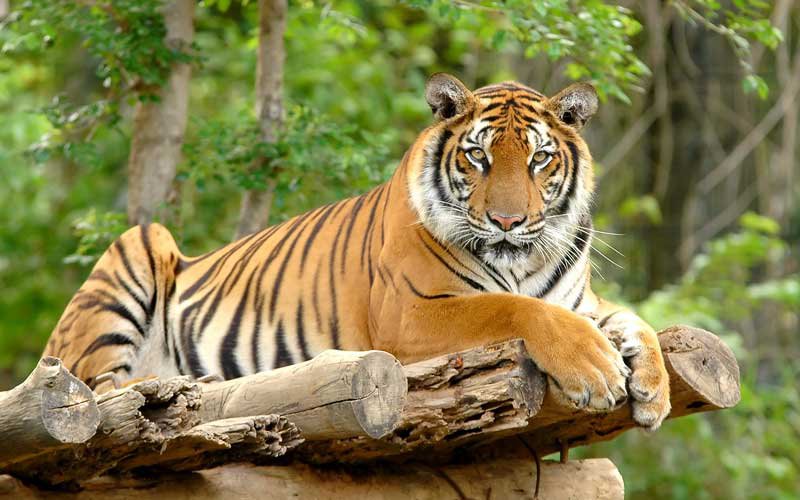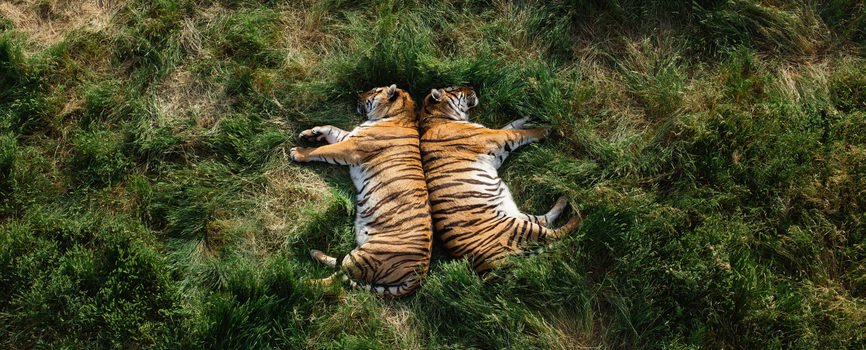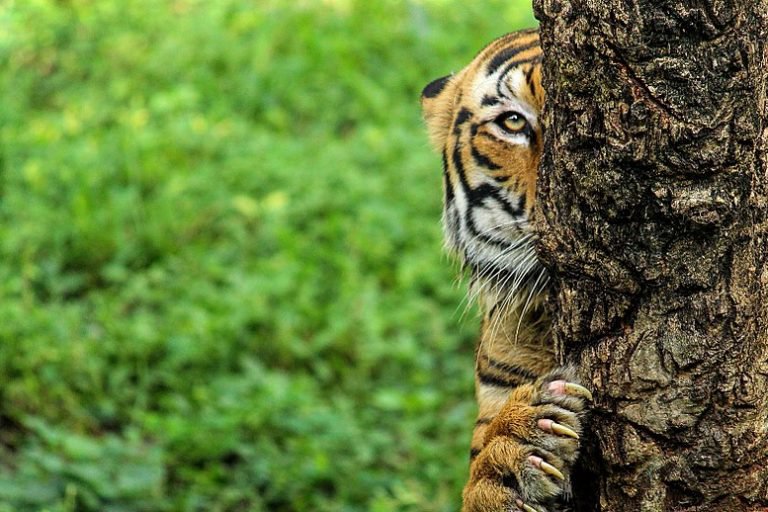The Bengal Tigers are one of the largest remaining populations of wild tigers in the world. However, since the 1900s, their numbers have been dwindling due to hunting, illegal trade and habitat loss
Another event contributing to the extinction of the big cats is climate change. According to a study by the United Nations, the Bengal Tigers are one of the 500,000 land species whose natural habitats will face major consequences due to climate change.

The Sundarbans is a marshy land in India and Bangladesh stretched over an area of more than 10,000 sq km. It has the world’s largest mangrove forest and is also home to the endangered felines.
Seventy percent of the marshy land is just a few feet above sea level and the report adds that it’ll go through extremely severe changes in the next few decades. It concludes that by 2070, the Bangladesh Sundarbans will cease to have any suitable natural habitats for the tigers.

An older study had also come to the conclusion that a sea level rise of 11 inches could lead to a 96% decline in their population.
Another study has also found that climate change has already caused more harm to the endangered species than expected.

A professor of environmental management at a University in Bangladesh, Sharif A. Mukul, said,
The situation could be even worse if there is a cyclone or if there is some disease outbreak in that area, or if there is a food shortage.

We are on our way to losing our majestic species if action isn’t taken right away.

















